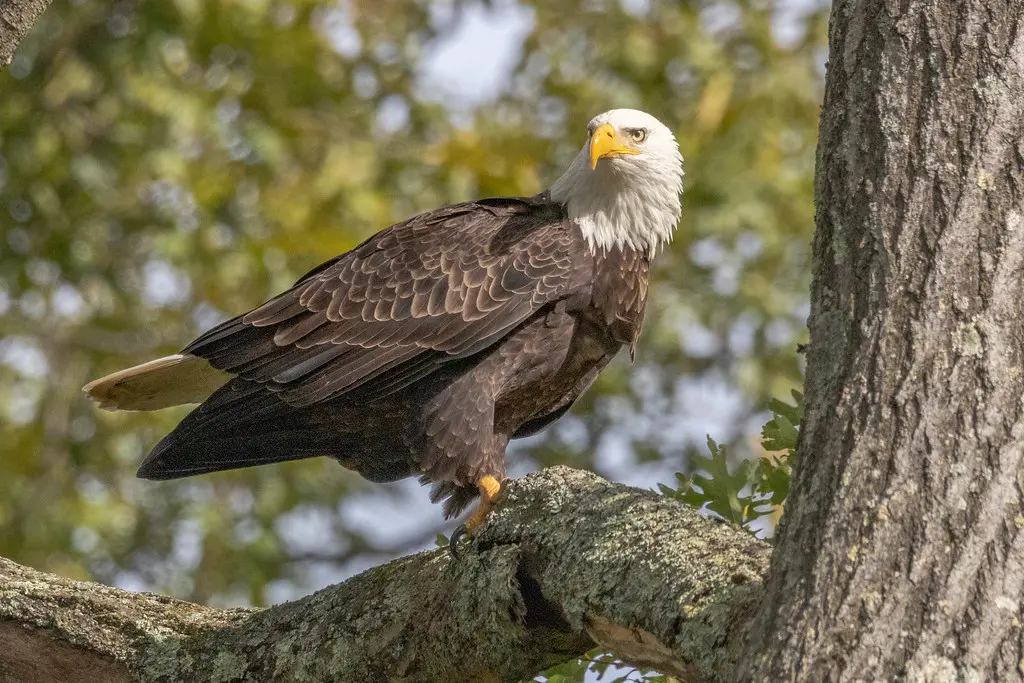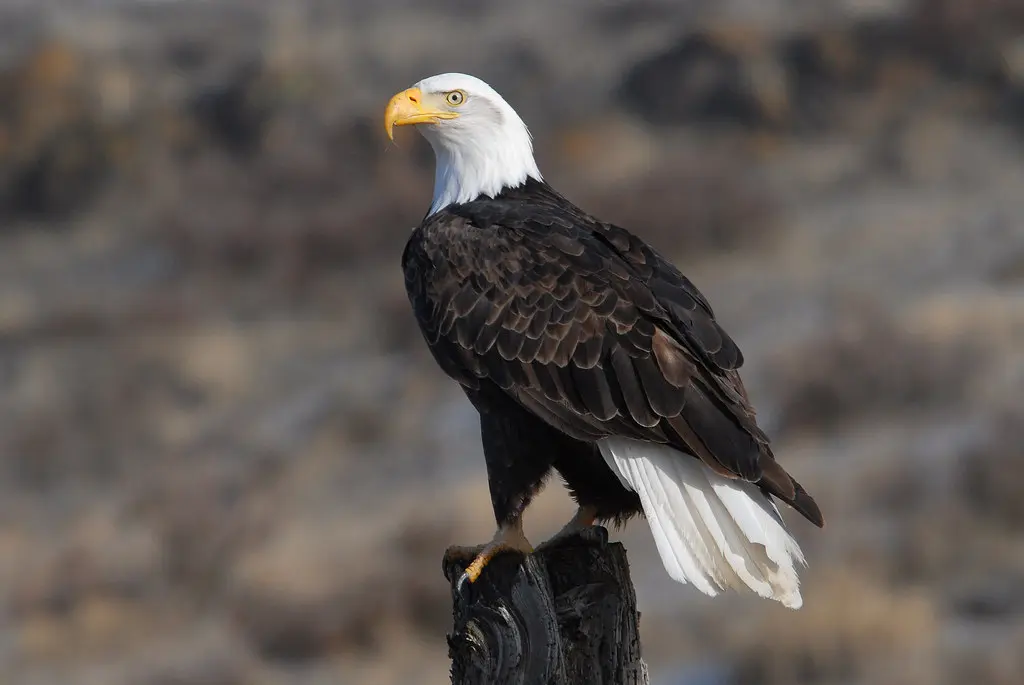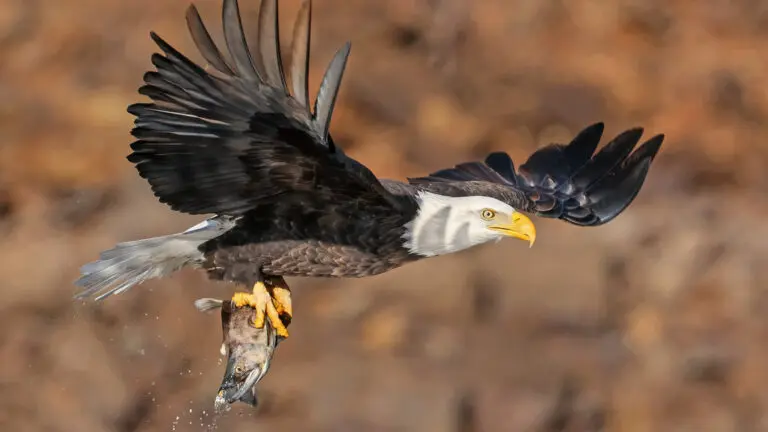The mighty bald eagle, America’s emblem of freedom and resilience, is soaring back to prominence in a remarkable comeback story. After plummeting to just 417 nesting pairs in the lower 48 states in the 1960s, a victim of DDT poisoning and habitat loss, this majestic bird is staging a triumphant return.
Recent surveys conducted by the U.S. Fish and Wildlife Service’s (USFWS) Migratory Bird Program paint a breathtaking picture: over 71,400 nesting pairs now grace the skies, translating to an estimated 316,700 individual eagles in the lower 48 states. This represents a quadrupling of the population since 2009, exceeding pre-DDT levels for the first time.
“It’s a remarkable success story,” says Mike Reynolds, Migratory Bird Program Coordinator for the USFWS. “The bald eagle’s recovery serves as a beacon of hope for conservation efforts and demonstrates the incredible resilience of nature when we take action.”

Several factors fueled this impressive resurgence:
- The 1972 ban on DDT: This potent pesticide thinned eggshells, leading to breeding failures. Once DDT was banned, eagle populations began to rebound.
- Habitat restoration: Conservation efforts focused on protecting and restoring eagle habitats, including coastal areas, rivers, and forests.
- Captive breeding programs: In areas where populations suffered severe declines, breeding programs helped reintroduce eagles to suitable habitats.
- Increased public awareness and support: Educational programs and the iconic status of the bald eagle fostered public support for conservation efforts.
However, the bald eagle’s journey is not without challenges. Habitat loss due to development, lead poisoning from hunting, and climate change remain threats. Ongoing monitoring and conservation efforts are crucial to ensure the eagle’s continued success.

The soaring eagle population offers several reasons for optimism:
- Ecological indicator: As apex predators, eagles play a vital role in maintaining healthy ecosystems. Their recovery indicates thriving fish populations and overall ecosystem health.
- Cultural significance: The bald eagle remains a powerful symbol of America, inspiring a sense of national pride and unity. Its comeback offers a beacon of hope and resilience.
- Scientific understanding: Studying the eagle’s recovery provides valuable insights into ecological dynamics and informs conservation strategies for other species.
The bald eagle’s resurgence is a testament to the power of conservation action. It serves as a reminder that even in the face of seemingly insurmountable challenges, dedicated efforts can bring species back from the brink. As we soar alongside the eagle, let us take inspiration from its journey and continue to strive for a future where all species can thrive.
Specific Locations:
- Chesapeake Bay: Witnessing a tenfold increase since the 1970s, with over 3,000 breeding pairs now soaring over the Bay, thanks to the Chesapeake Bay Program’s dedicated habitat restoration efforts.
- Pacific Northwest: The Pacific Northwest Salmon Recovery Plan has revitalized salmon populations, leading to a rebound in bald eagle numbers in states like Washington and Oregon.
- Northeast: The Cornell Lab of Ornithology’s Eagle Release Project has successfully reintroduced eagles to New York and New England, bringing back their majestic presence to the region.
Organizations:
- U.S. Fish and Wildlife Service: Responsible for monitoring eagle populations, conducting research, and implementing conservation plans like the National Bald Eagle Management Guidelines.
- American Bald Eagle Recovery Project: A non-profit dedicated to public education, habitat protection, and advocacy for bald eagle conservation.
- National Audubon Society: Through birdwatching programs and conservation initiatives, the Audubon Society fosters public awareness and appreciation for eagles, contributing to their protection.
Research Initiatives:
- Eagle Health: Studies by the U.S. Geological Survey track eagle diseases, contaminant levels, and impacts of lead poisoning, informing strategies to protect their health.
- Migration Patterns: Researchers use satellite telemetry and GPS tags to understand eagle migration routes, identifying critical stopover points and potential threats along the way.
- Habitat Preferences: Ongoing research by organizations like the National Eagle Center identifies preferred nesting sites and foraging areas, informing habitat restoration and conservation efforts.
Sources:
- U.S. Fish and Wildlife Service: https://www.fws.gov/species/bald-eagle-haliaeetus-leucocephalus
- American Bird Conservancy: https://abcbirds.org/bird/bald-eagle/
- National Audubon Society: https://www.audubon.org/field-guide/bird/bald-eagle




One thought on “The Remarkable Return of the Bald Eagle: A Conservation Victory”